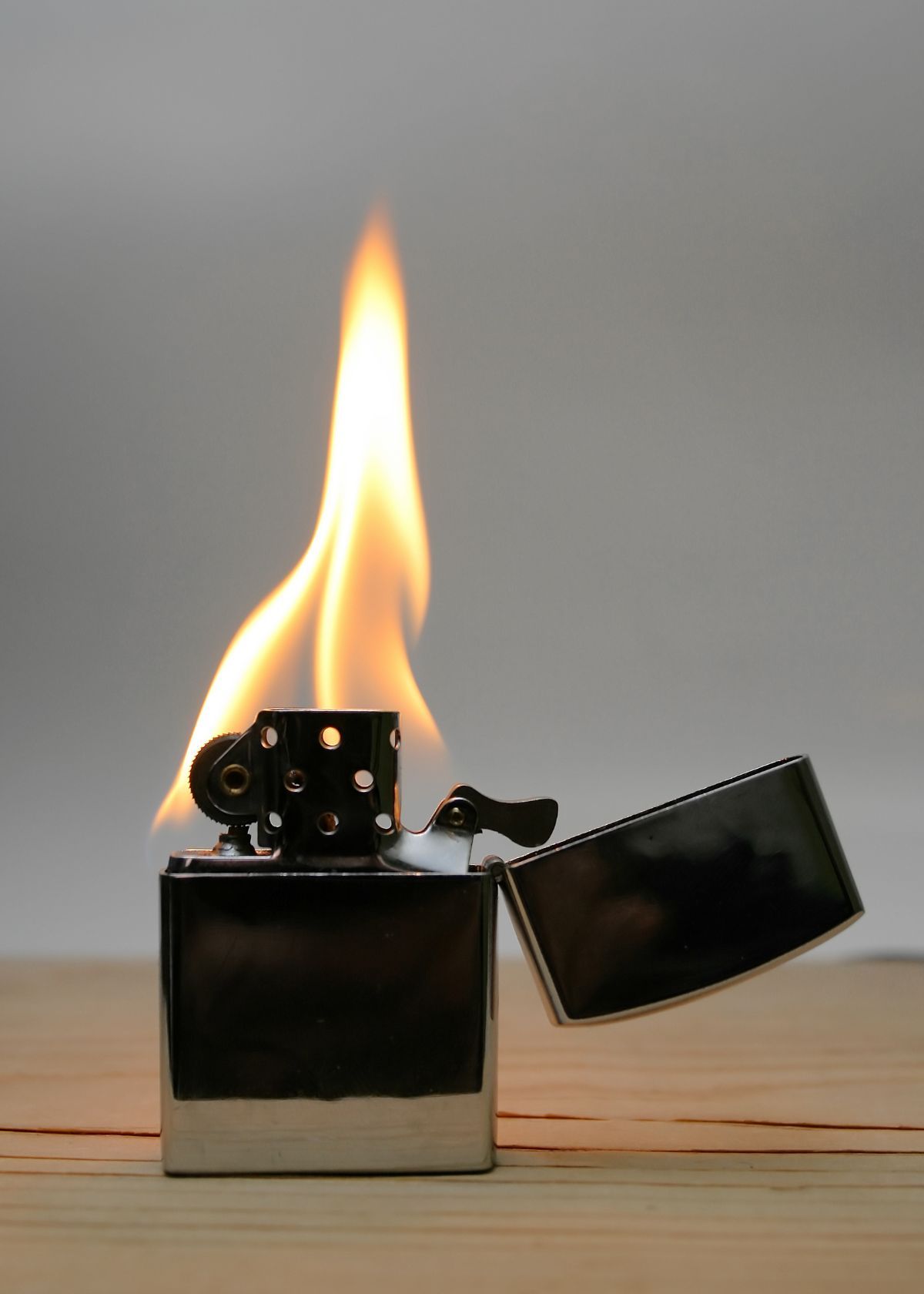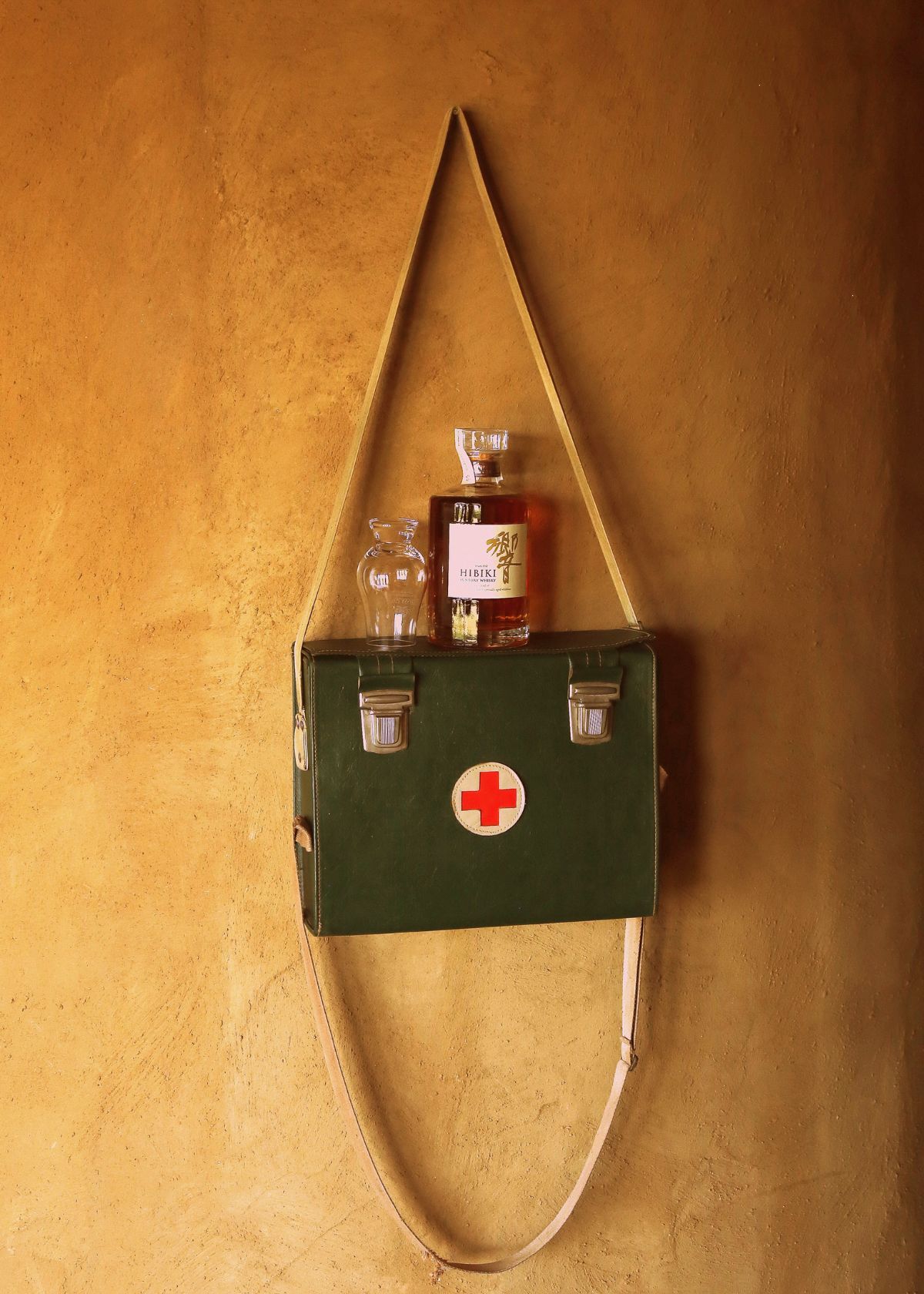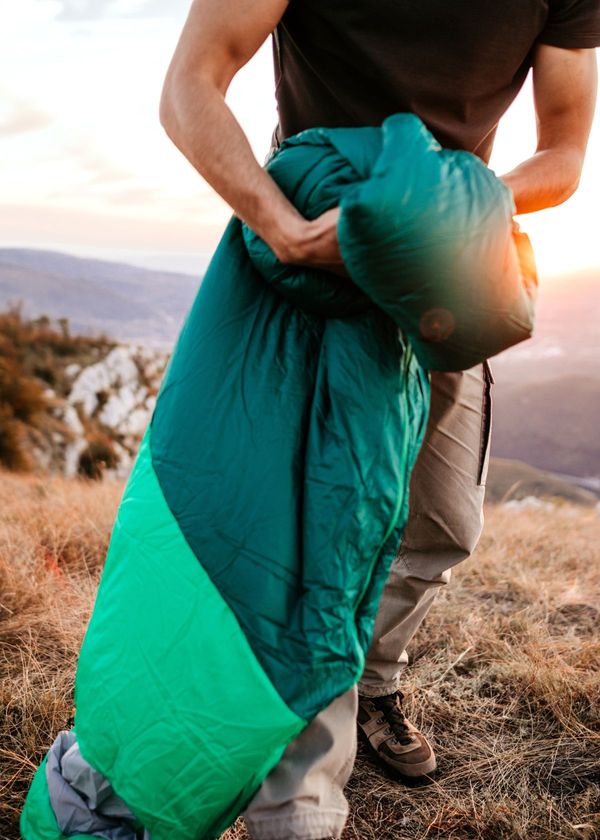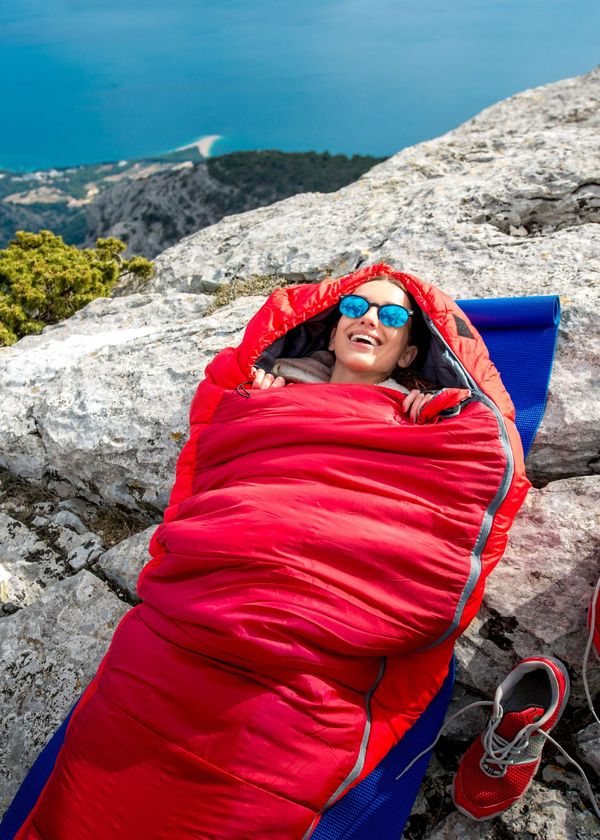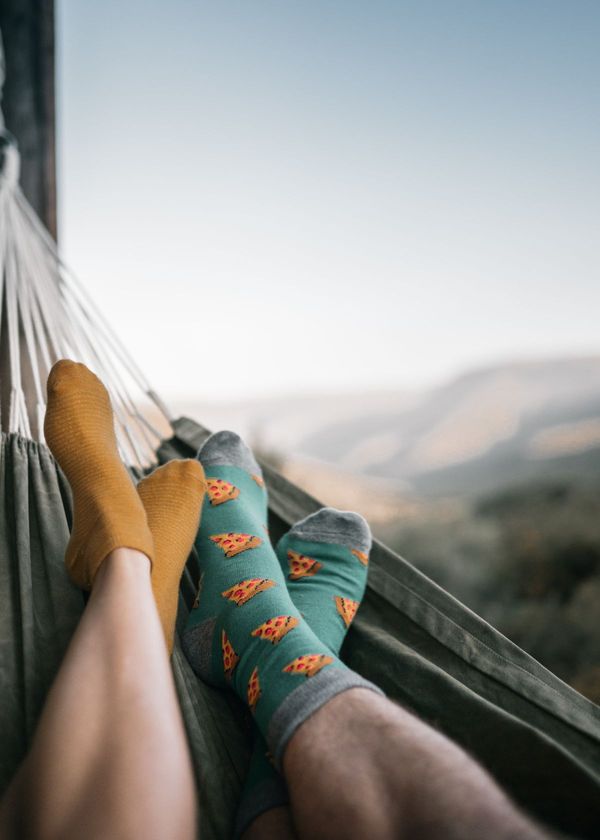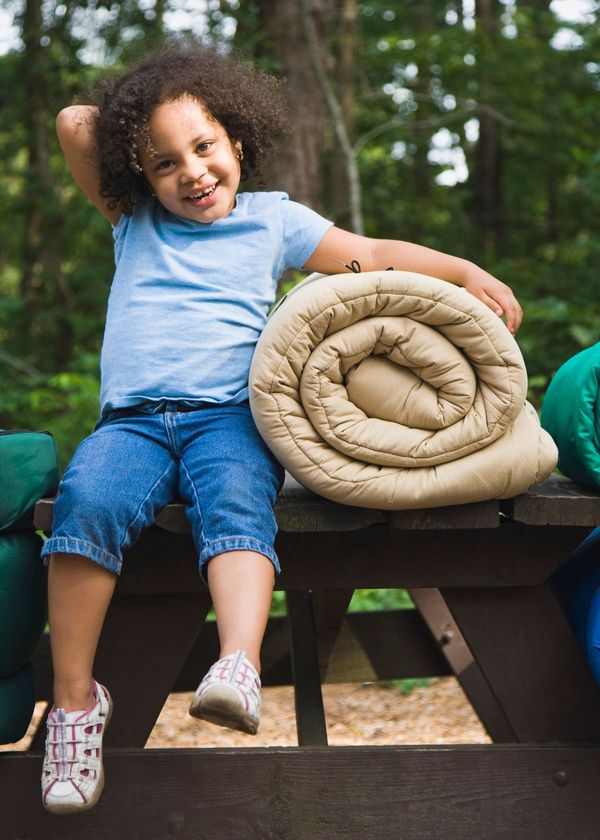Survival Kit, a term that conjures up images of adventurers scaling mountains or hikers traversing dense forests, is more than just a fancy backpack filled with gadgets and gizmos. It is a carefully curated collection of items that could mean the difference between life and death in emergencies.
A survival kit is a compact set of tools and supplies designed to keep an individual alive and comfortable in the face of unforeseen circumstances such as natural disaster strikes, outdoor mishaps, or other emergencies. Whether stranded in the wilderness without food and water or caught in a sudden storm with no shelter, a well-prepared survival supplies kit can help you and your family survive until help arrives.
Survival kits come in all shapes and sizes, from compact, pocket-sized versions to more comprehensive backpacks or even larger storage containers. Their contents can vary depending on the situation and individual preferences. Still, most kits typically include emergency essentials such as water, baby food, shelter, first aid supplies, navigation tools, and communication devices.
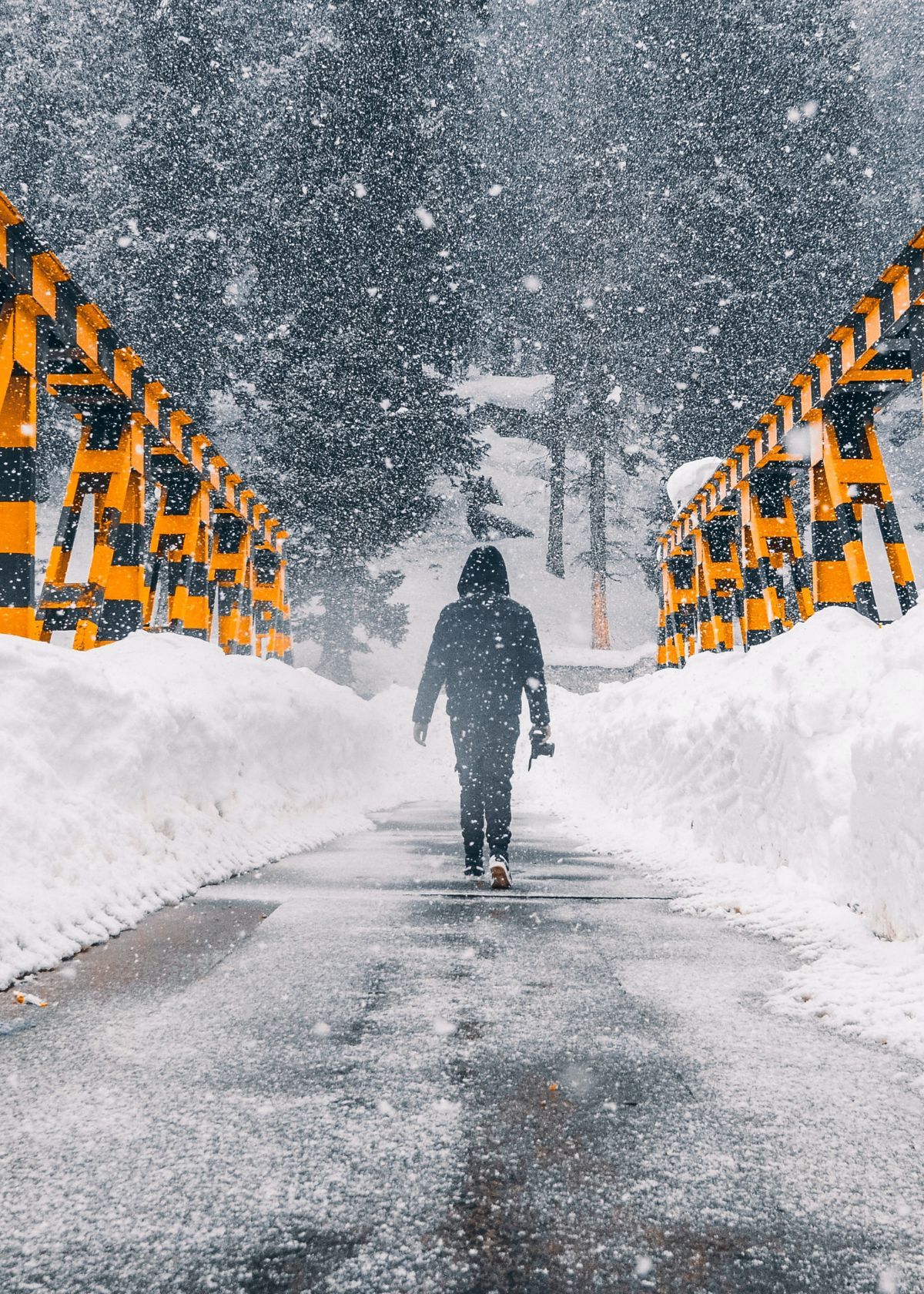
A Basic Guide to Survival Kits
Whether you're embarking on a camping tri, a hiking adventure or want to be prepared for emergencies, having a survival kit is essential. A survival kit contains all the necessary items to help you survive in a difficult situation.
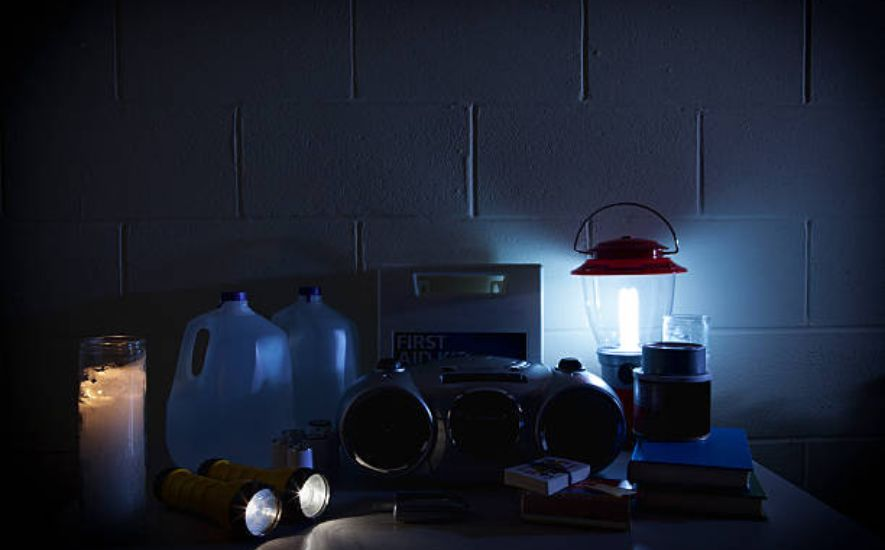
A well-prepared kit can make all the difference when faced with unexpected challenges. This basic guide to survival kits will provide you with the essential information needed to create your own kit.
The Essentials: What to Include in a Survival Kit
When creating a survival kit, including the essential items needed to survive is important. These items include:
- Water: At least one liter per day for each person in the kit.
- Food: Non-perishable, high-energy foods like granola bars, canned goods, and peanut butter.
- Shelter: A tent or tarp, a sleeping bag, and warm clothing.
- First-Aid: A basic first-aid kit containing bandages, antiseptic, pain relievers, and any necessary prescription medication.
- Tools: A multi-tool, knife, and flashlight with extra batteries.
- Communication: A whistle, mirror, and/or signaling device.
- Navigation: A compass and map of the area.
Different Types of Survival Kits
Several types of survival kits are available, each designed for different situations. These kits include:
- Wilderness Survival Kits: Designed for those who plan to venture into remote areas, these kits include items like fire starters, fishing gear, and water purification tablets.
- Car Survival Kits: Designed for those who spend a lot of time on the road, these kits include items like jumper cables, tire repair kits, and flares.
- Emergency Survival Kits: Designed for those who want to be prepared for natural disasters or other emergencies, these kits include items like emergency blankets, duct tape, hand crank radio, and extra batteries.
How to Pack and Store Your Survival Kit
When packing your survival kit, it's essential to consider the weight and size of the items. You'll want to pack the essential items first, such as water, food, and shelter, and then add the smaller items, like tools and communication devices. Packaging the kit in a waterproof and durable container is also important.
When storing your survival kit, it should be in a place that is easily accessible in case of an emergency. It's recommended to store the kit in a cool, dry place away from direct sunlight.
Maintaining Your Survival Kit
To ensure your survival kit is always ready for use, it's important to maintain it regularly. This includes:
- Checking expiration dates on food and medication and replacing as necessary.
- Check the condition of the items in the kit, such as the batteries in the flashlight or the knife's sharpness.
- Reviewing the contents of the kit periodically and making any necessary updates.
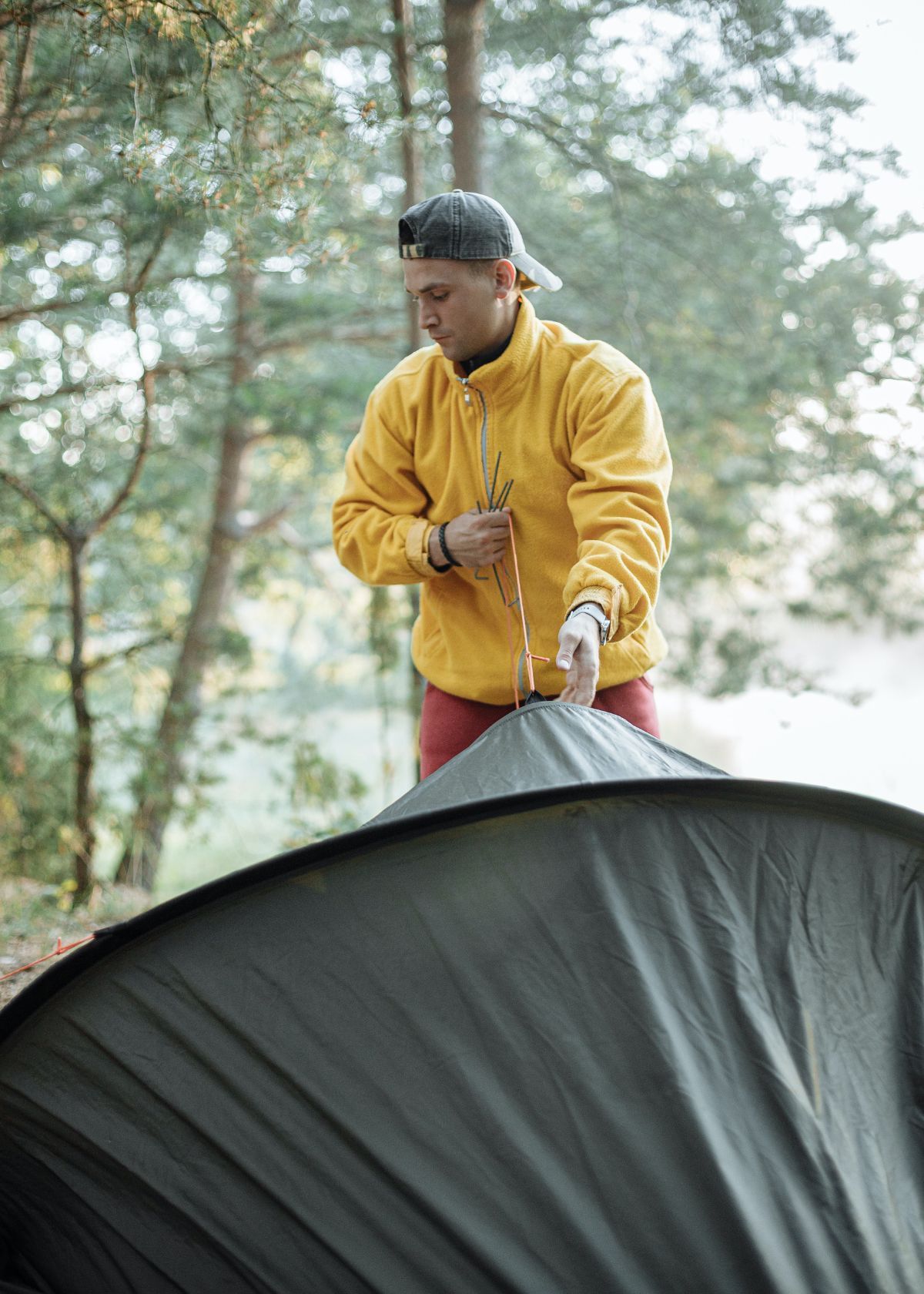
Wilderness Survival Kit
Picture yourself hiking in the wilderness, surrounded by beautiful and serene scenery, listening to the sounds of nature, and feeling the fresh air on your face. Suddenly, a dark cloud looms overhead, and a strong gust of wind hits you. Within minutes, the weather changes drastically, and you find yourself in a dangerous situation.
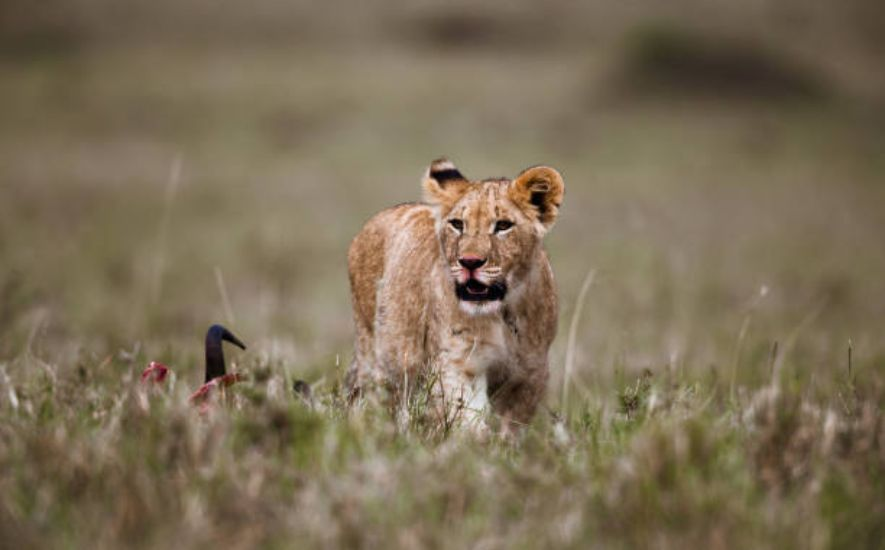
Would you be able to survive in such an environment? This is where a wilderness survival kit comes into play. It is crucial to have a well-prepared survival kit in case of emergencies.
Shelter and Warmth
The first and most critical aspect of surviving in the wilderness is shelter and warmth. A sturdy shelter can protect you from harsh weather conditions like rain, snow, or wind.
Therefore, it is essential to include a lightweight, waterproof tent, tarp, or emergency blanket in your kit. A fire starter kit, such as waterproof matches or a lighter, is also necessary to provide warmth and cook food. You can also include a portable stove and fuel if you have room in your kit.
Water and Food
The human body can only survive for a few days without water, so include a water filter or purification tablets in your survival kit. Pack a collapsible water bottle or canteen to carry water with you. Food is also essential for survival, but packing perishable items is not always possible. Instead, pack high-energy and long-lasting food such as energy bars, jerky, nuts, or dried fruits.
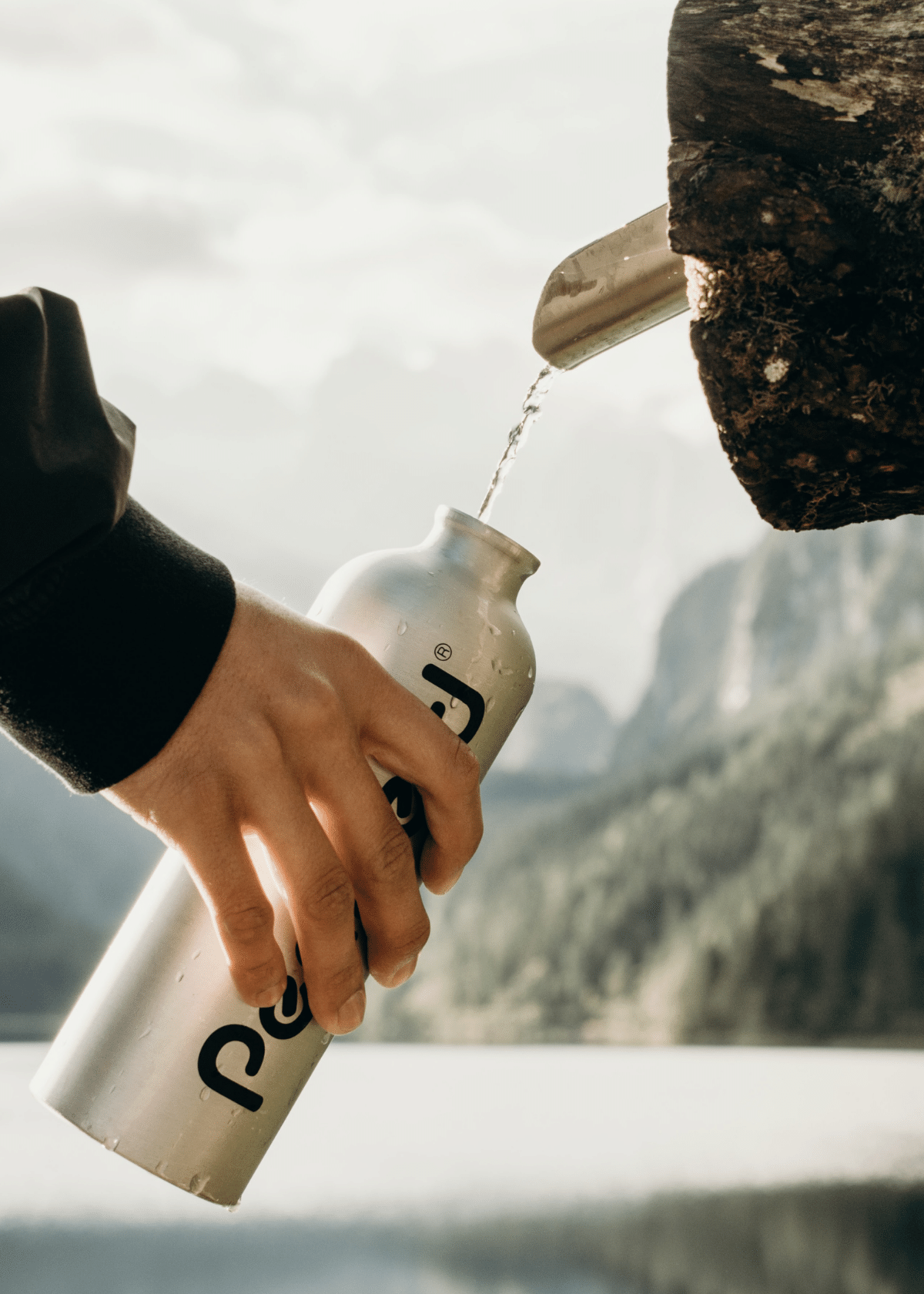
Navigation and Signaling
Getting lost in the wilderness is a common problem, and it can be challenging to navigate without proper tools. A map and compass are crucial for navigation, and learning how to use them before heading into the wilderness is essential. A whistle and a signaling mirror can also help you attract attention and signal for help.
First Aid
Accidents can happen in the wilderness, and it is vital to be prepared with a well-stocked first aid kit. The kit should include items such as bandages, gauze, antiseptic wipes, pain relievers, and tweezers. It is also essential to pack any necessary medications you take regularly.
Other Essential Items
Other important items in your wilderness survival kit include a multi-tool, extra clothing, and a headlamp or flashlight with extra batteries. A multi-tool can be used for various tasks, such as cutting, opening cans, and repairing gear.
Extra clothing and hot layers can protect you from hypothermia. Lastly, a headlamp or flashlight can provide light during the night, and extra batteries ensure you have a reliable light source.

Urban Survival Kit
As our world continues to urbanize, the need for urban survival skills and gear has become more pressing. While most people associate survival kits with wilderness excursions, an urban survival kit is just as important for navigating the concrete jungle.

What is an Urban Survival Kit?
An urban survival kit is a collection of items and tools essential for surviving in an urban environment in an emergency.
While wilderness survival kits are designed to help you survive in the wild, an urban survival kit is tailored to urban life's specific challenges and dangers. It is a compact and portable package of gear that can help you navigate a city in crisis.
Why Do You Need an Urban Survival Kit?
Emergencies can strike at any time and leave you stranded or in danger. An urban survival kit can help you stay safe and comfortable until help arrives or you can reach safety.
It can also help you deal with unexpected challenges such as natural disasters, power outages, or civil unrest. Having an urban survival kit can give you peace of mind and a sense of security, knowing you have the tools and supplies you need to face whatever comes your way.
What Should You Include in Your Urban Survival Kit?
An urban survival kit should include essential items to help you survive in an urban environment. Here are some of the key items to consider:
- First Aid Kit: A basic first aid kit is a must-have for any survival kit. Make sure it includes bandages, antiseptic wipes, pain relief medication, and any necessary prescription medication.
- Tools: Include a multi-tool, a flashlight or headlamp, and a whistle for signaling for help.
- Cash: Keep some cash in your kit in case electronic payment methods are unavailable.
- Maps and Navigation: Include a map of the area you are in, as well as a compass or GPS device to help you navigate.
- Clothing and Shelter: Pack warm, waterproof clothing and a compact emergency blanket or shelter to protect yourself from the elements.

Factors to Consider While Buying Survival Kits
Survival kits are essential items to have in case of emergencies, disasters, or unexpected situations. Whether you are an avid hiker, or camper, or want to be prepared for any eventuality, survival kits can come in handy. However, with so many options available in the market, it can be overwhelming to choose the right kit.
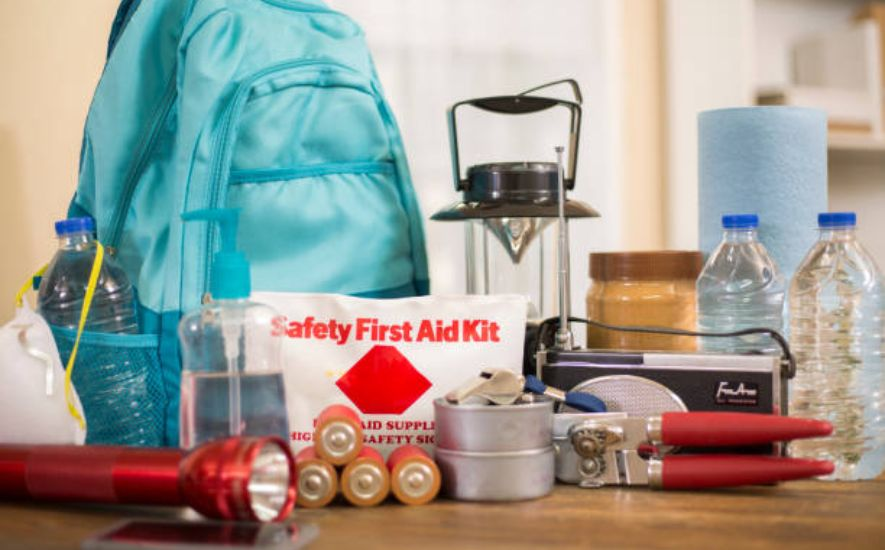
Purpose
Before purchasing a survival kit, it is important to consider the purpose of the kit. Is it for a day hike or a long camping trip? Is it for emergency situations such as earthquakes or hurricanes? Understanding the purpose of the kit will help you choose the right items that will meet your specific needs.
Size and weight
Another factor to consider is the size and weight of the kit. If you are carrying the kit with you, whether it's for a hike or camping trip, you want it to be lightweight and easy to carry. On the other hand, if the kit is for emergencies, the size and weight may not be a major concern.
Contents
The contents of the emergency kit should be appropriate for your needs. Consider food, water, shelter, first aid, communication, and tools. Ensure that the kit includes items that you know how to use and that they are of good quality.
Durability
The kit should be durable and able to withstand harsh conditions. It should also be waterproof to protect the contents from moisture. Ensure the kit has sturdy zippers, strong fabric, and reinforced stitching.
Price
The cost of the kit should also be a consideration. There are various options available in the market, and they range from basic to advanced kits. Determine your budget and look for a kit with good value.

DIY Survival Kits
In today's unpredictable world, it's always better to be safe than sorry. While natural disasters, accidents, and emergencies can strike at any moment, it's essential to be prepared to handle them effectively.
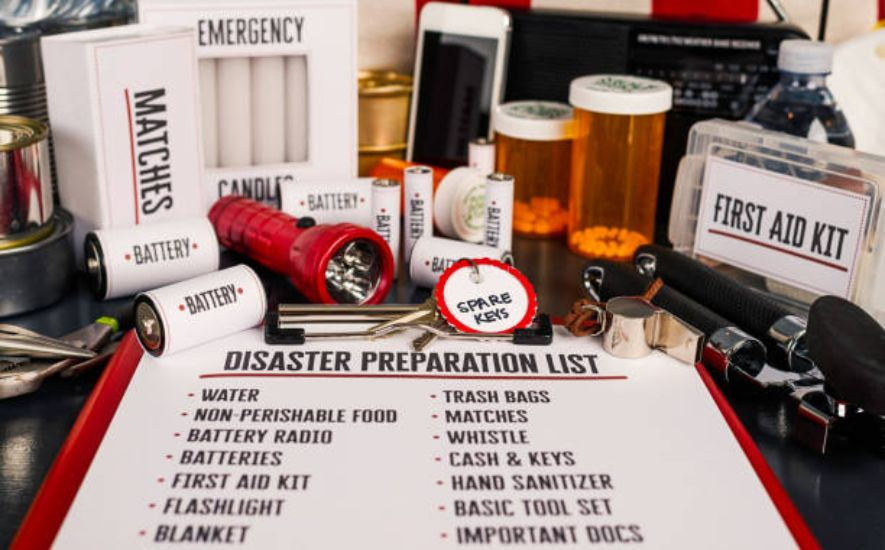
DIY Survival Kits are the perfect solution to ensure your safety and survival during unexpected circumstances. These kits come in handy during natural disasters, power outages, hiking trips, or any situation where you must rely on yourself to survive.
What are DIY Survival Kits?
DIY Survival Kits are essential items to help you survive during unexpected situations. They are designed to provide individuals with everything they need to stay alive and safe in an emergency. While some companies sell pre-made kits, creating your own kit is always better to ensure that it meets your specific needs.
Tips on making your own DIY Survival Kit
Here are some tips that can help you create your own DIY Survival Kit:
- Customize the disaster supplies kit to meet your specific needs based on your location, climate, and personal hygiene items.
- Use waterproof and durable containers to protect the items from damage and moisture.
- Check and rotate the additional emergency supplies in your kit regularly to ensure everything is up-to-date and in good condition.
- Keep the kit easily accessible, such as in a backpack, duffle bag, sleeping bag, or small storage container, so you can grab it quickly in case of an emergency.
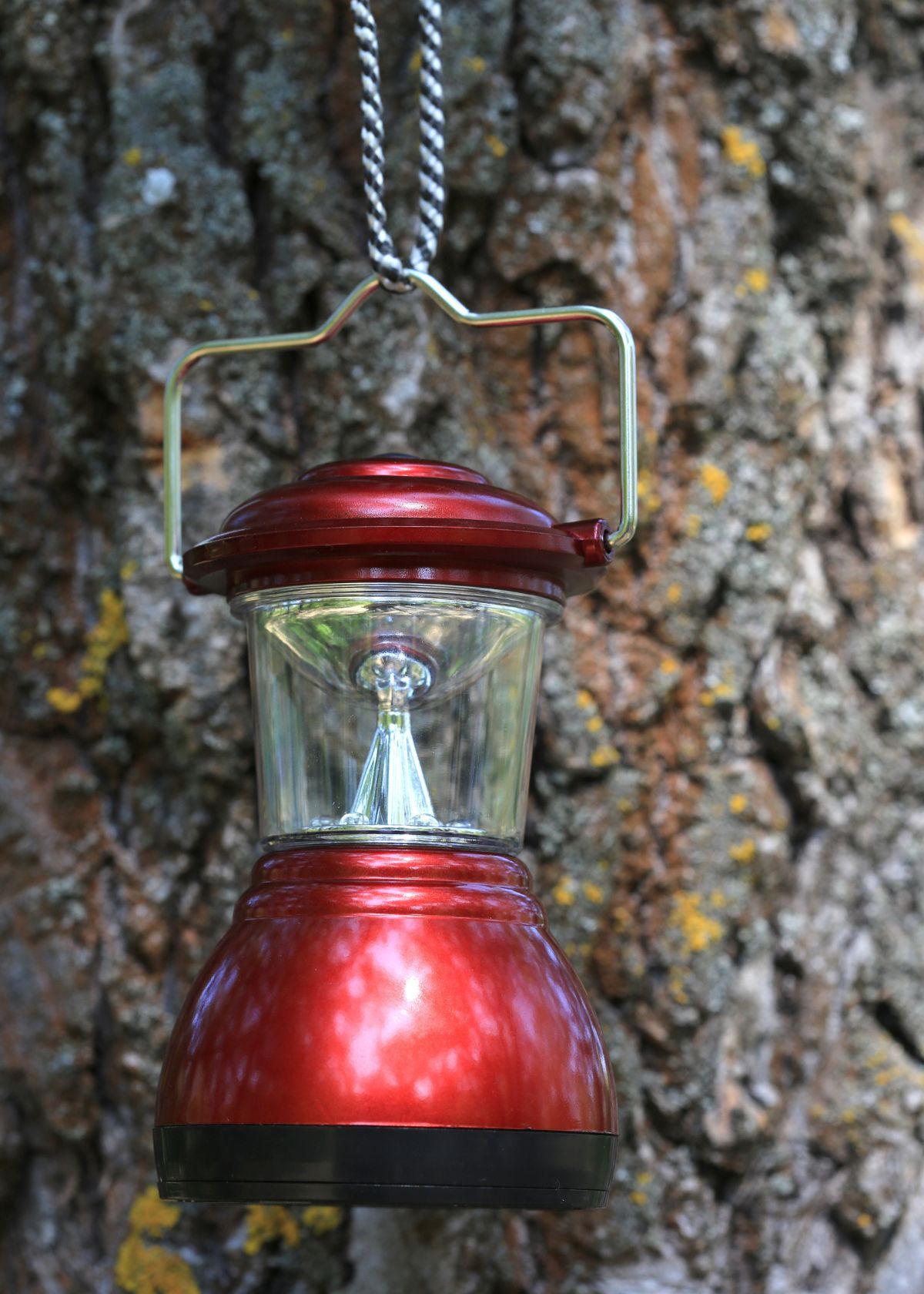
Frequently Asked Questions (FAQs)
Survival Kit faqs is a comprehensive guide that will help you to build your survival kit. You will find everything you need to know about building your survival kit in this article.
Why is a survival kit important?
A survival kit is essential because it can help you stay alive and healthy in emergencies, such as natural disasters, accidents, or unexpected wilderness outings. The kit usually contains essential items that can help you address immediate needs, such as shelter, warmth, water, food, and first aid.
Here are some reasons why a survival kit is important:
- Emergency Preparedness: Having a survival kit ensures that you are prepared for emergencies. It can give you peace of mind, knowing that you have the necessary tools and supplies to survive in case of an unexpected event.
- Safety: A survival kit can help you stay safe by providing you with tools and equipment that can help you deal with various hazards, such as injury, extreme weather, or animal attacks.
- Survival: In case of an emergency, a survival kit can provide you with the resources you need to stay alive until help arrives.
- Self-Reliance: Having a survival kit promotes self-reliance and independence. It allows you to take control of your situation and not rely solely on outside assistance.
What is the most important part of a survival kit?
The most important part of a survival kit is arguably water, as it is essential to human survival and can quickly become scarce in emergencies. Without sufficient water, dehydration can occur within hours, leading to fatigue, confusion, and eventually death.
Therefore, a survival kit should include enough water to last at least 72 hours and a way to purify additional water sources if needed. Other important items in a survival kit may include food, shelter, first aid supplies, a means to make fire, a navigation tool, and a means of communication.
The exact contents of a survival kit may vary depending on the situation and location, so it's important to do research and tailor the kit to the specific needs and circumstances.
What is needed for survival?
The basic survival needs are essential resources that humans and other living organisms require to stay alive. These include:
- Water: Without clean drinking water, the human body can only survive for a few days. Water is essential for maintaining body temperature, transporting nutrients and oxygen, and eliminating waste products.
- Food: Our bodies require nutrients from food to function properly. Food provides us with energy, vitamins, and minerals necessary for survival.
- Shelter: Protection from the elements is necessary for our survival. A shelter can provide us with warmth, protection from extreme weather conditions, and a safe place to rest.
What is basic survival?
Basic survival refers to the minimum requirements for an individual to stay alive and maintain their health and well-being. These requirements typically include access to clean water, nutritious food, adequate shelter, and basic medical supplies.
In addition to these necessities, basic survival may also involve the ability to protect oneself from physical harm, such as from dangerous animals or other environmental hazards. It may also include the ability to communicate and establish social connections with others, as well as access to information and resources necessary for survival.
Overall, basic survival is the foundation upon which individuals build their lives, and it is crucial for ensuring their continued health and well-being.
Conclusion
In conclusion, a survival kit is not just a collection of tools and supplies, but a means to ensure your safety and well-being during a crisis. Whether you are planning a wilderness adventure or preparing for a natural disaster, having a well-stocked survival kit is essential.
The key to building a useful kit is to carefully consider your needs and prioritize the items that will best help you survive. Remember, survival is not just about having the right gear but also knowledge, skills, and a resilient mindset.
With the right preparation and mindset, a well-prepared survival kit can distinguish between life and death in a critical situation.
